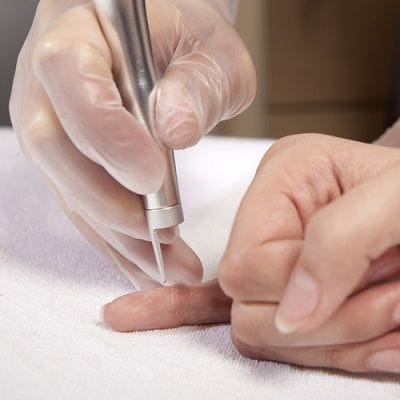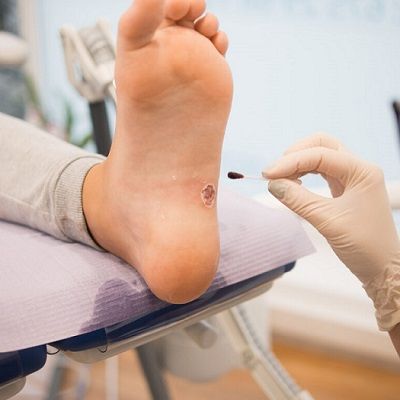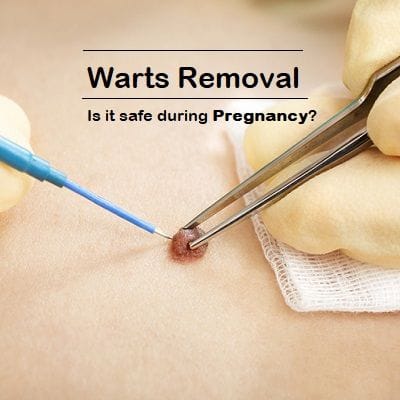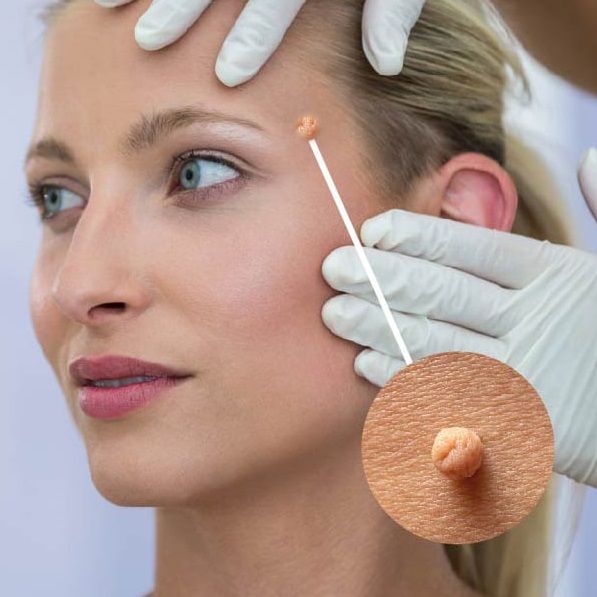
Most warts clear up after a while without any treatment but if you have a stubborn wart that is affecting your appearance you might need to get it medically treated. Warts Removal in Dubai directly impacts the healing time and how you need to take care of the wound. Find out What to Do After the Removal of Warts in Dubai, Abu Dhabi & Sharjah.
Treatment Options:
Most often, warts in an early stage are treated by medication and do not need any other complicated procedure in other cases cryotherapy, electrocautery, radio wave therapy, and laser technology are among the most used methods.
- In cryotherapy, liquid nitrogen is used to freeze warts. It is painless and there’s no contact with blood. It is characterized by fast healing without scarring. It directly impacts how long the resulting wound takes to heal after the removal.
- In radio wave therapy an incision with high-frequency waves pushes the growth tissue apart and evaporates the cells without affecting the surrounding tissue. This method is painless and bloodless and does not cause muscle contraction during the procedure.
- In electrocautery, the wart is targeted by the heat generated by the electric current which destroys it.
- The laser treatment targets warts by applying a high-intensity laser beam which destroys the abnormal tissue. A numbing cream might be used, and a little scarring or bruising should also be expected.
What Is The Best Method Of Removal?
The liquid nitrogen method for removing warts is now considered the most popular and effective treatment method. The procedure is practically painless, there is no contact with blood, which prevents the spread of infection, and no scars remain. In essence, the unwanted formations on the skin are frozen during the evaporation of liquid nitrogen and die. Cold shock doses are a very effective prevention of infection.
You might not be able to get this treatment for the following reasons:
- Intolerance of the body to cold.
- High body temperature and infectious diseases.
- Pregnancy.
- Epilepsy.
- The presence of irritation, and rash near the formation.
- Oncological diseases.
- High systemic blood pressure.
As the removal method affects the healing process it is important to know everything about the process itself and what to do after warts removal.
Post-Operative Care:
Factors that determine the time spent on healing are:
- the size and shape of the warts
- the general condition of the body, especially its immune system
- compliance with the doctor’s recommendations for post-operative wound care, its correct and timely treatment
To avoid complications and speed up the healing of an injured skin area after removing a wart located at any place, certain rules essentially be followed.
Upon completion of the wart removal procedure, the doctors will instruct the patient in detail about the procedure and norms of wound care and will prescribe ideal medications.
How to Treat a Wart after Removal?
A few days after the procedure, treatment of the wound will require the use of medication with an antiseptic and drying effect. Some inexpensive and commonly available drugs are iodine, a saturated solution of potassium permanganate, and chlorhexidine.
For a more effective result, it is recommended to take vitamin complexes that help increase immunity in the body. Sometimes the affected area swells after removal of the wart, this is a common post-operative issue, which should go away within 5-7 days without the need for any extra effort.
After the dense crust has fallen off on its own, the wound is treated with ointments and gels that have a reviving effect.
During the first 2 to 3 days, the wound should not be wetted, in the following few days, vigorous activity, use of cosmetics, and exposure to sunlight should be avoided.
If the wound does not heal completely or hurts after removing the wart for 3-4 weeks, you should seek the advice of your doctor. This situation can be caused by a weakening of the body or microbial contamination, which will require appropriate medication.
The Takeaway:
Warts can be removed by a lot of different methods and depending on their size and treatment the healing time may vary. You may ask your doctor about What to Do After the Removal of Warts in Dubai, Abu Dhabi & Sharjah. If the doctor prescribes you to take any medications, you should take them regularly. The wound that appears on the skin at the site of the treatment cannot be wetted or pierced, and it is undesirable to touch it at all to avoid any kind of infection.











